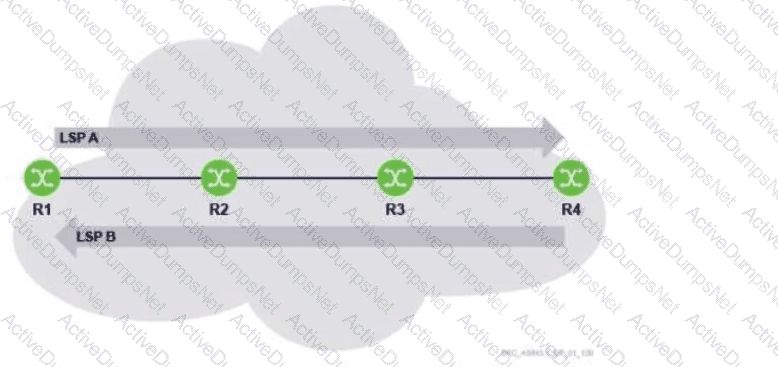Nokia 4A0-100 Nokia IP Networksand Services Fundamentals Exam Practice Test
Nokia IP Networksand Services Fundamentals Questions and Answers
In MAC address 00-20-60-CE-2B-28, which part is the Organisationally Unique Identifier (OUI)?
What is the sequence of messages that must be exchanged between a DHCP client and a server for the client to receive an IP address?
Which of the following is NOT a goal of a layered protocol stack?
Which of the following statements about a physical router interface is FALSE?
From a customer's perspective, how does a VPRN service operate?
Which of the following statements about the IP forwarding process on a router is TRUE?
Which of the following statements best describes BGP route selection?
Which of the following statements about MD-CLI is FALSE?
How many subnets and host addresses are obtained by subnetting network 201.148.26.0/24 using a /26 subnet mask?
How does address summarization reduce the routing table size?
Which of the MPLS routers is responsible for pushing new labels for LSP A and LSP B?

Which compact flash on a control processing module (CPM) of a Nokia 7750 SR stores the runtime software image and the configuration file?
